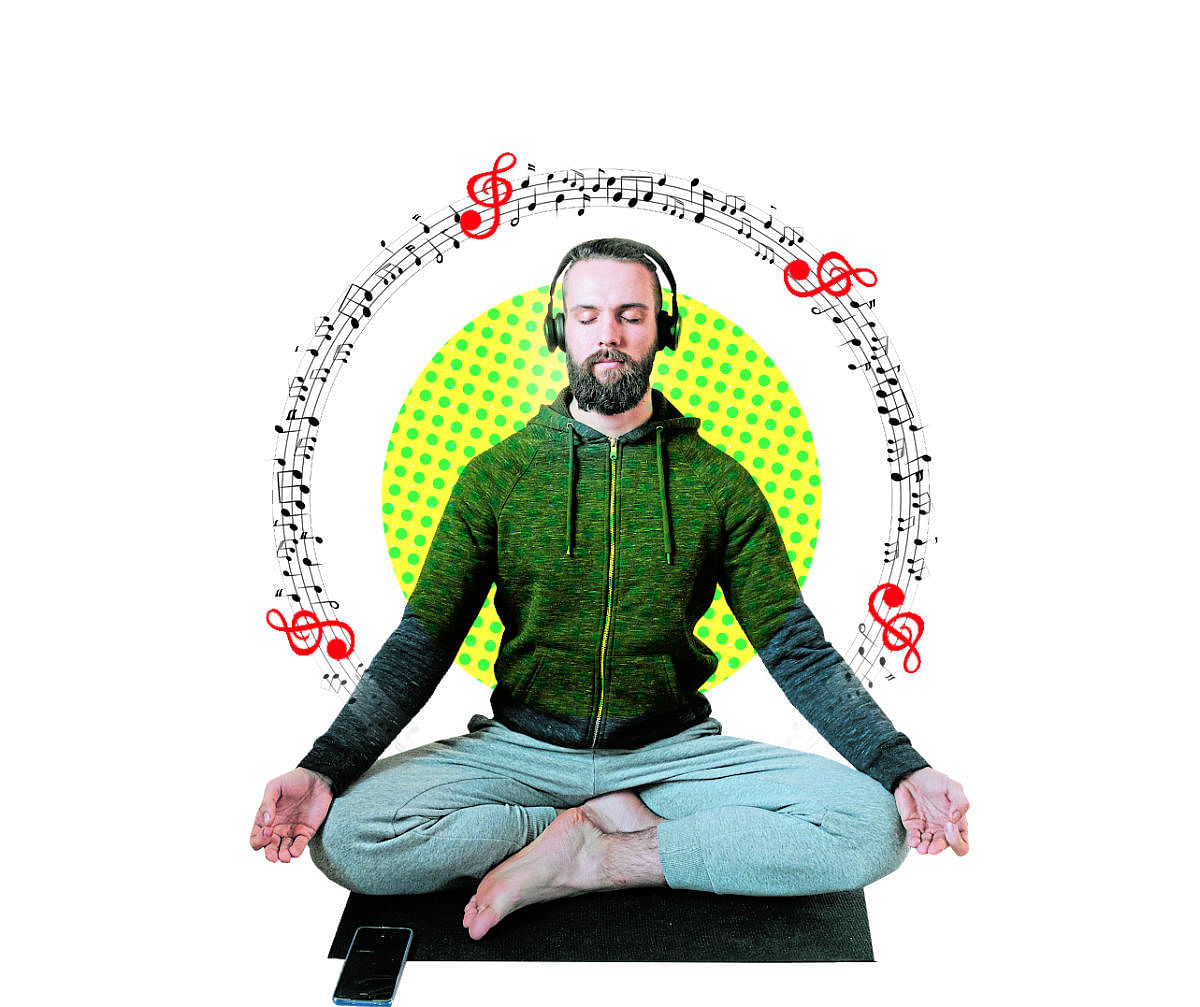
While sleep might come to many naturally, few others may find it extremely hard to melt into the soothing embrace of slumber. Insomnia is a common sleep disorder which affects a person’s ability to fall asleep, stay asleep or fall back asleep after waking up much earlier than intended. While a few lifestyle tweaks could help fix this condition, more severe cases would require professional help. Traditional sleep therapists often use Cognitive Behavioural Therapy (CBT) or sleep medications to treat short and long-term insomnia. However, a handful of therapists are now using an emerging form of sound wave therapy called binaural beat therapy to explore the potential of music and sound to treat sleep disorder symptoms.
Since ancient times, music is believed to have had the remarkable ability to induce a state of deep mental relaxation and well-being. In fact, it can have greater benefits than just being one’s favourite pastime. Binaural beats for example seem to have a profound effect on a person’s mood, quality of sleep and other areas of life. While binaural beats alone cannot be considered a genre of music, they can, however, be combined with sounds of nature or certain types of tunes to make the overall listening experience pleasant and therapeutic.
“I’ve been using this for the last 31 years,” said Rivesh Vade, a sound and frequency expert at Wellness Vibe. “Since 2012, we have been helping as many people in all areas such as relationship, career, finance, health, mental health, and to an extent, even spiritual health,” he added. Research has shown that brainwave patterns constantly change with mood and emotion. Among the five main types of brainwave patterns, the beta has been found to be directly associated with productivity, thus making it the most common brainwave that dominates our waking state.
While higher brainwave patterns indicate an active or hyperactive state, lower patterns are associated with sleep and relaxation. “In sleep disorders, people are generally very active,” said Rivesh. He described it as being similar to driving a car. “Like the car requires all the gears on different roads, similarly with different situations, our brain needs a different gear of EEG patterns. If we don’t use this, then over a period of time, we lose this capacity to shift from one brainwave to another. Insomnia is nothing but staying in the same brainwave pattern,” he stated. Platforms like YouTube and Reddit often have people posting a variety of binaural tracks and sharing their experiences with sound healing. Jeff M, from Virginia who is a member of one such Reddit forum, explained how he had learned about the concept during the early 2000s while using a multitrack recording programme. “I was using a programme called Cool Edit Pro and deep in the settings was the programme titled brainwave synchronisation. I played around with that and have been using binaural beats ever since,” he said. Jeff further described how the technique had helped him tremendously over the years. “I generally sleep okay, but from time to time struggle getting back to sleep when I wake up in the middle of the night. Binaural beats help me because my mind is sort of stuck in a gear that isn’t conducive to sleep,” he explained. “Typically, I’m at a higher frequency and locked into it. Using binaural beats just knocks me out of that feedback loop. So, I’m not really going for a specific frequency, more attempting to simply change it, generally by lowering it,” added Jeff thoughtfully.
To produce binaural beats, two different frequencies are presented to each ear separately. The tail hertz is the difference produced in the brain, known as ‘pseudo beat’. Hence, ‘binaural beat’ is the term used to describe this ‘pseudo beat’ produced by combining two different frequencies in the brain. One major drawback, however, is that binaural beats always require the use of headphones for best results. Constant use of headphones can create a jarring effect on the ear, resulting in hearing impairment. To avoid this, Rivesh came up with a new brainwave technology called ‘isochronic tones’ or ‘power brain therapy’. However, the extent to which this technique can affect a person may vary depending upon their mindset and sensitivity to sound.